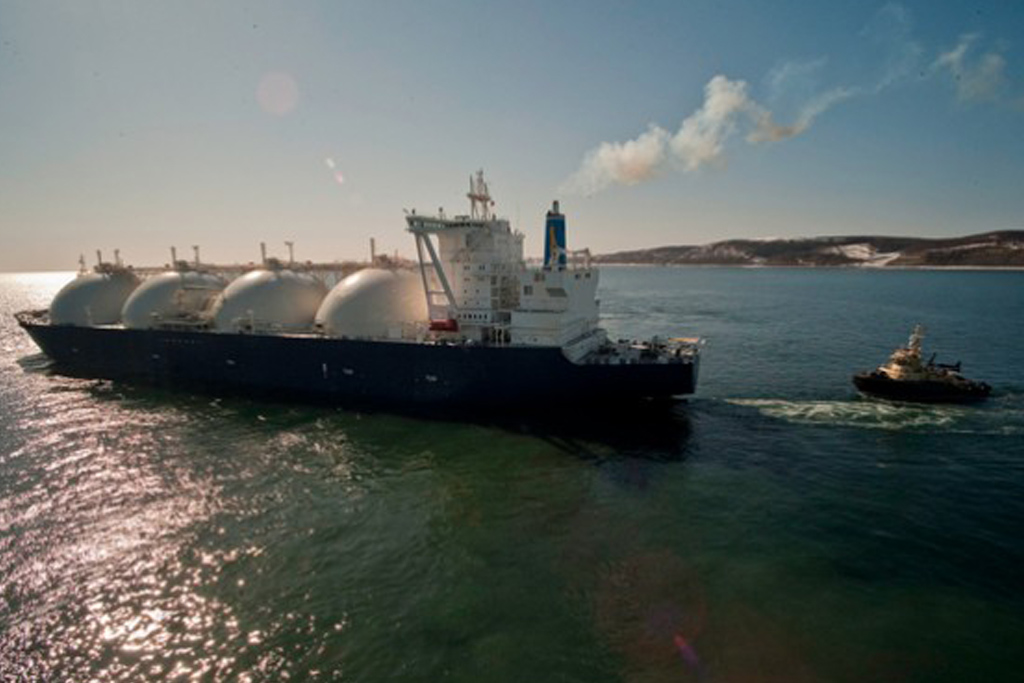
Liquefied natural gas export projects in the United States have many hurdles to jump over before they can commence operations. One of the largest hoops to jump is the regulatory hoop. In the United States there are two major agencies that handle regulatory approvals for LNG exporting projects. First, is the U.S. Department of Energy (DOE). Second, is the Federal Energy Regulatory Commission (FERC). Each agency has distinct responsibilities and looks at different factors when determining whether or not they will grant a project their respective approval.
The DOE is responsible to approve the import or export of natural gas to or from the United States. These approvals are necessary for any export project to begin operations and can take 3 or more years to receive the necessary approvals. These approvals are separated into two separate categories based upon which country the exports are being sent to. First, are Free Trade Agreement (FTA) country export licenses, and second are non-FTA country export licenses. It is the job of the DOE to determine whether or not that exporting natural gas is consistent with what is referred to as “public interest”. “Public interest” is actually not defined, however, the DOE looks at a few key factors when it comes to gauging “public interest”. First, they look if exporting natural gas will have a significant impact on the domestic supply of natural gas and second, they look to see if the exportation of natural gas threatens the security of domestic natural gas supply.
Export licenses with FTA countries are automatically seen as being consistent with “public interest” and are often given out right away. Export licenses to non-FTA countries take much longer to be granted. Each DOE export license case is treated individually and there is no set way of going about receiving approval. In general, an applicant must apply and then there is a period of time where the public can comment, for or against, the project. After that, the applicant is allowed to make responses and then DOE will finally review the application and either grant or not grant export approval. One policy that the DOE uses was developed in 1984. This policy revolves around making sure that the market, and not the government, determines the price and terms of the contract. This policy was originally used for the import of natural gas, but it has since also been applied to the export of natural gas. The DOE then either grants or does not grant an export license to the applicant. The DOE is also allowed to attach terms and conditions to the export license. They also include a reasoning for the ruling.
In the past, the DOE would grant conditional export licenses with the stipulation that they would receive final export approval once the applicant received FERC environmental approval for the project. However, this was seen as a waste of resources because there is no reason to grant an applicant an export license if they would not receive FERC environmental approval anyway. Now, the DOE will only grant export licenses to applicants who have also received FERC environmental approval.
The FERC process is very lengthy and often takes upwards of three years. Before an applicant can officially apply for FERC environmental and construction approval they must go through the FERC pre-filing process. FERC pre-filing is a period of at least six months in which the applicants are in communication with FERC. The idea is to resolve some issues before the official filing process begins. Pre-filing also holds the public comment and the applicant response to the comments. Pre-filing is completed when the proper documentation is completed and sent in. This documentation includes thirteen full reports and about construction and environmental impacts of the project. One applicant submitted a report that was over 12,000 pages long. Due to the length and complexity of this process, it has taken some projects as short as seven months and some as long as nineteen.
After all this is submitted, FERC reviews the resource documents and the application and approves both the environmental and construction phases of the project. Once granted, the next step is the post-authorization phase where FERC oversees the construction of the facility and the applicant must provide construction updates to FERC. Once construction is completed, the applicant must receive a final written notice to commence operations. Once operations have begun, FERC will also make annual facility inspections.
The regulatory process for exporting LNG is lengthy and requires a lot of effort from both the government and applicants. The process has the ability to either make or break any project. A project can have all the proper funding, contracting, and everything else necessary to be successfully, but if they are not able to secure the correct government permits they will not be able to start operations.
-Tyler Wilson and Uday Turaga



















